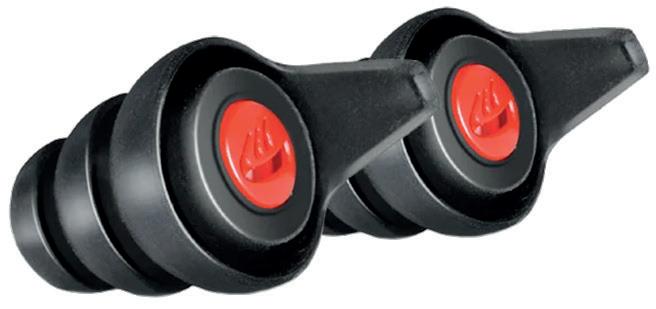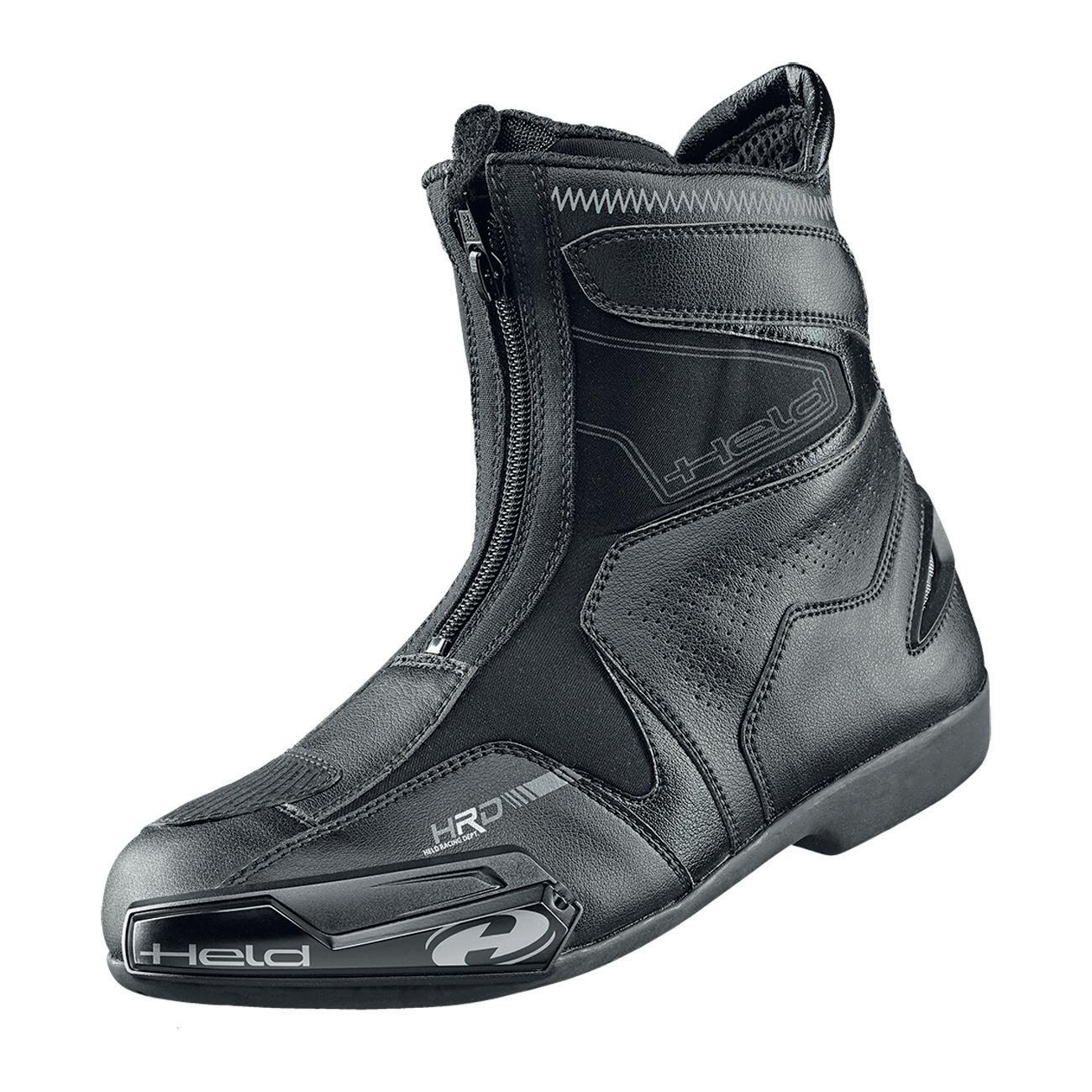
3 minute read
CLOTHING BUYING TIPS
Fit – before buying a jacket or trousers, try sitting on a motorcycle with the kit so you know it’s comfortable.
Armour – only buy clothing with CE-approved armour, and make sure the armour doesn’t move around as you wear the kit.
Stitch up – only buy clothing that is double- or triple-stitched on the seams so it resists splitting if you fall off.
Zip it – always zip up your jacket when riding to give maximum protection. Check the zip is not directly touching skin in case it transmits friction heat if you fall off.
Leather – leather clothing should be at least 1.2mm thick, but make sure you are happy with the comfort and weight.
Textile – look for layers that can be added or removed to make the clothing more waterproof or warmer depending on riding conditions.
Jeans – armoured jeans reinforced with Kevlar are another option, but offer less weather protection.
Boots
There’s a huge variety of bike boots on offer, and the type of riding you do will dictate which is best. Off-road boots are brilliant in the mud, but not so good for the daily commute in summer.
Regardless of which type appeals to you, choose boots that are comfortable both on and off the bike. Make sure they cover your ankles and have extra protection around this area.
Modern materials mean boots don’t have to be heavy and cumbersome to walk in. Women’s boots will be made to suit the different shape of female feet. Always try on the handlebars, so go for gloves that are a close fit but not tight. Look for double or triple stitching on areas that will suffer the most stress in a crash. knuckles and wrist. Leather is the best choice for wear resistance, but you may want a pair of fabric gloves for better protection from the cold or rain.
Your hands are vulnerable in a crash and you can easily lose a finger, so always wear specialist motorcycling gloves – a strong protective layer is essential.
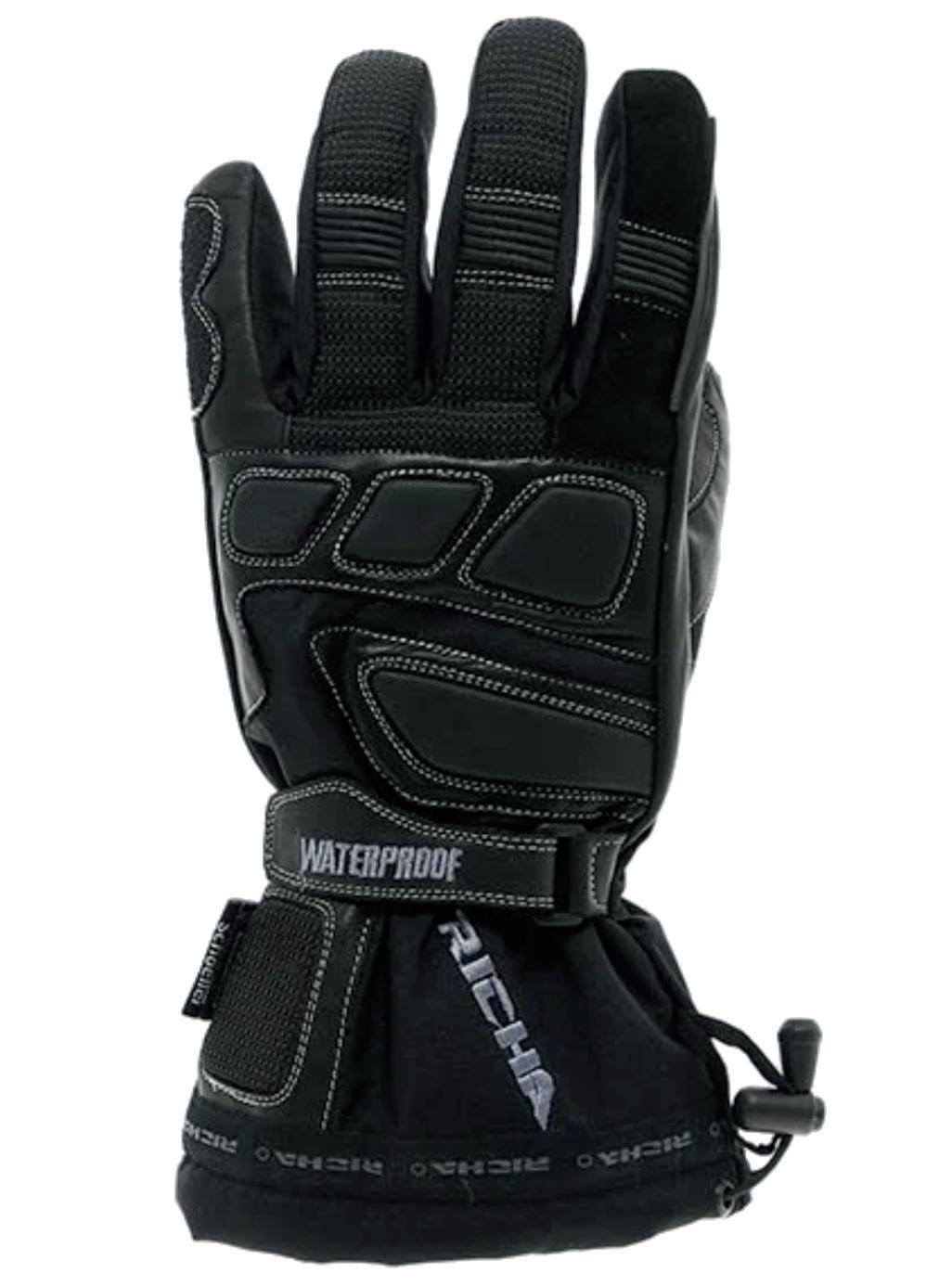
Gloves Buying Tips
Fit like a… gloves should feel tailored to your hands, but not tight. Make sure you can curl your fingers, while a wrist strap helps secure
Protection – look for gloves and boots with extra protection around knuckles and ankles to take care of these vulnerable areas.
Type of use – choose the right boots and gloves for the riding you do. Racing kit is great on track, but can be uncomfortable on a long trip. Sew good – check any gloves or boots for good quality double or triple stitching as it makes the kit strong in a crash.
Back Protector And Armour
If your motorcycle jacket doesn’t come with fitted armour, you can buy this separately. It’s a wise addition as it will offer muchimproved protection to your shoulders and elbows in a crash, while a back protector is vital.
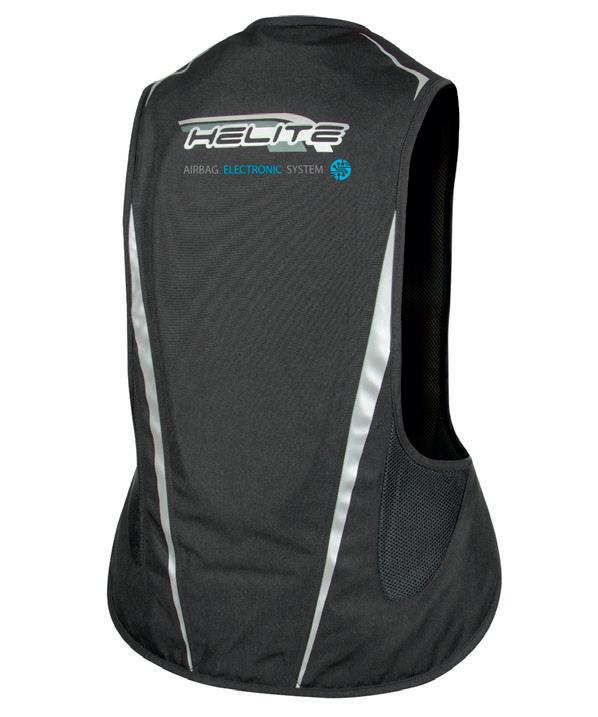
Another option is an inflatable vest, such as the
Airvest that inflates in less than 0.01 seconds. As it inflates, it cushions the impact of a crash and also offers essential protection to your head and neck. Airvest also offers jackets with an integrated inflatable vest, and the vests come with a replaceable CO2 canister so it can be reused if it’s undamaged or can be refurbished.
The Ears Have It
An often overlooked item for motorcyclists is ear plugs. From the simplest foam plugs that you roll up and pop into your ears to custom-made reusable items, they can prevent hearing loss and tinnitus.
At 70mph, a motorcyclist can be subjected to 105dB of
Helmet Cameras
Filming your ride can be fun, and it can also be crucial if you’re involved in a collision. There’s a wide range of helmet cams available, differing in size, quality and price, so look for one that’s suited to your needs as well as your budget.
As the camera is going to be used outside, it has to be waterproof. Make sure you can operate it while wearing gloves – this is where voice activation or using the camera via Bluetooth on your phone helps a lot.
Look for 1080p cameras, which means they have 1080 lines of vertical resolution to give a clear image. If your budget stretches far enough, a 4k camera should give even sharper footage. A recording rate of 60 frames per second (FPS) camera can be used to show footage in slow motion, although standard 24 FPS recording is fine for most purposes.
Battery life is something else to consider. Check the battery life will last long enough to capture your favourite rides.
Most cameras will have an in-built memory, but to record longer rides a memory card is essential. A ‘loop mode’ that overwrites old footage once the memory card is full is very useful if you are using the camera to record any crash or collision.
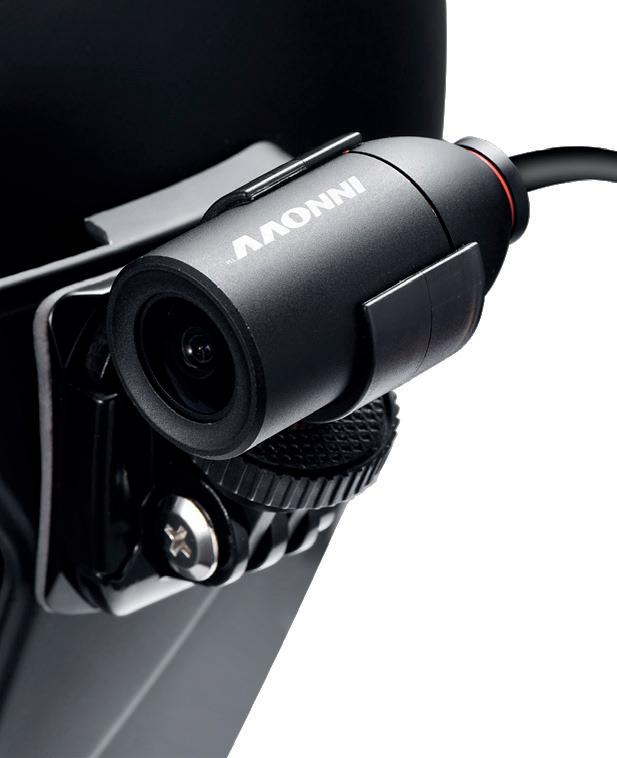
Safety
When they first became popular, there was a question mark over the safety of cameras in a crash. But so long as the camera is correctly mounted that shouldn’t be a problem.
noise, which is like holding an electric drill to your ear. Ear plugs can half that to a safe level while still letting you hear what’s going on around you as you ride. With prices from less than £10 for 60 basic ear plugs or £20 for a custom pair, protecting your ears is a lot cheaper than hearing aids.
